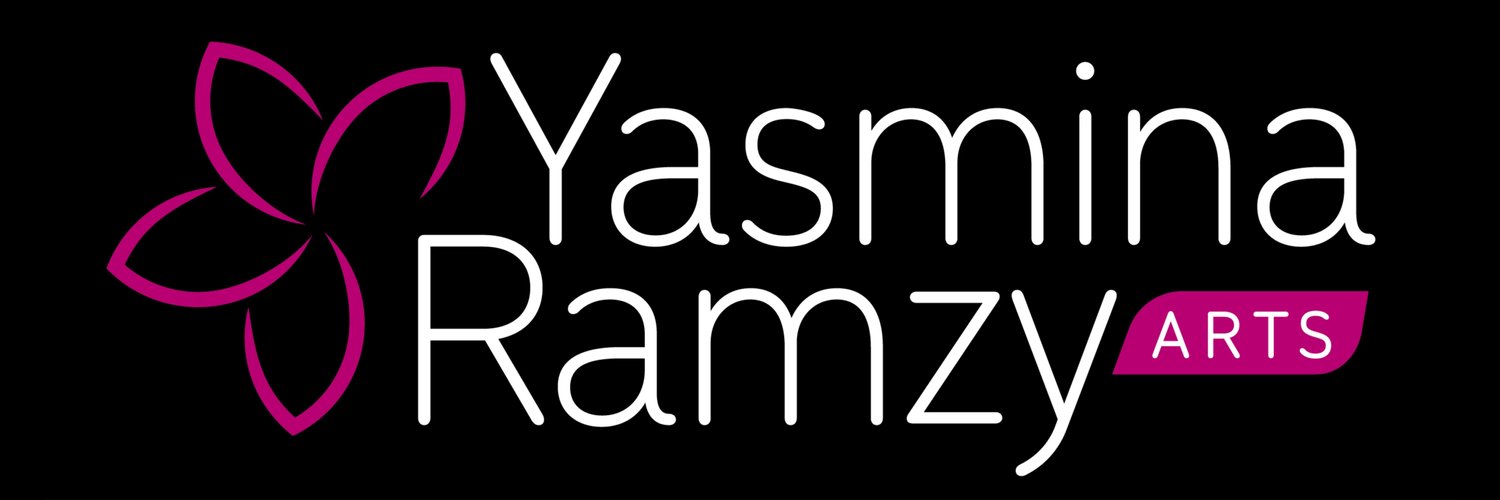THE SIGNIFICANCE OF DANCING TO THE MUSIC OF OUM KALTHOUM
These are thoughts about the significance of Oum Kalthoun for Bellydancers taken from articles I wrote as part of the Ask Yasmina Column for Gilded Serpent. Although written and published in 2009 and 2010, I feel they are still relevant for students today.
Understanding the importance of Oum Kalthoum and her music offers profound insight into Arab culture, poetry, art, nuance, and most importantly, the music that Bellydancers dance to. Almost every Bellydance CD on the market includes at least one or two instrumental renditions of her songs. You have heard the melodies so often.
Below is some information distilled from Wikipedia that sums up her importance musically.
“ Imagine a singer with the virtuosity of Joan Sutherland or Ella Fitzgerald, the public persona of Eleanor Roosevelt and the audience of Elvis and you have Oum Kalthoum, the most accomplished singer of her century in the Arab world. ”
— Virginia Danielson, Harvard Magazine
When the Egyptian singer Oum Kalthoum died in 1975, millions flooded the streets of Cairo in mourning. Her songs deal mostly with the universal themes of love, longing and loss. They are nothing short of epic in scale, with durations measured in hours rather than minutes.
Jah Wobble, Bob Dylan, Jean-Paul Sartre, Marie Laforêt, Salvador Dalí, Nico, Bono, Farin Urlaub, and Led Zeppelin are just some admirers of Kalthoum’s music. She was referred to as “The Lady” by Charles de Gaulle, and is regarded as “The Incomparable Voice” by Maria Callas. Oum Kalthoum is remembered in Egypt, the Middle East, and the Arab world as one of the greatest singers and musicians to have ever lived. She is also notably popular in Israel among Jews and Arabs alike, and her records continue to sell about a million copies a year. Even today, she has retained a near-mythical status among young Egyptians.
The movements that Bellydancers express are passed down through dancers like Tahia Carioca, Samia Gamal, Sohair Zaki and Dina etc. Whether they are new, old or revamped, all of the movements were created as an emotional reaction to Arab music. The music and poetry of the songs of Oum Kalthoum is the pinnacle of Middle Eastern music. Until one makes the profound connection to her music and finds oneself blissfully lost in one of her hour long songs, one has not really felt or experienced the meaning of the movement.
Since her songs speak of unrelenting love, one should also read the story of Majnun and Leila* to understand which is the love she is singing about and the love expressed in our dance.
*Majnun and Leila is the original love story told by word of mouth for generations by Arab Bedouins long before Romeo & Juliette or Tristan & Isolde. It was eventually written down by an Azerbaijani poet in Farsi. So much of Asia, North Africa and the Middle East claim this story their own. Every generation of young lovers relate to this story. It is an intimate part of all of these cultures.
I believe that mastering the art of dancing to taqsim is a prerequisite to dancing to the music of Oum Kalthoum. I also ask my students to listen to original recordings of her concerts 24 hours a days for 2 years or until one finds the magic in her songs and becomes addicted. When this happens the movement quality and nuance are transformed when dancing to all Arab music. Note that original recording of one to two songs on a CD since the songs are generally too long to fit anymore.
To study and listen endlessly to the original recordings of Oum Kalthoum’s concerts will open movement pathways for a Bellydancer that will transform her/his physical expression. To eventually be able to express her music in one’s dance is a sign that one is becoming a Raqs Sharqi dance artist.
Dancing to the music of Oum Kalthoum is seen as significant and not to be taken lightly especially in the eyes of some audiences. An Arab audience will have a more discerning eye for the artistic interpretation of this music and a much stronger emotional investment. All of her songs are of equal importance – some are more famous and popular and many have been adapted for Bellydancers. It is said that only a Maalema can dance to the music of Oum Kalthoum.
The following are some important factors to take into account on this subject. The music of Oum Kalthoum is often quite difficult with rhythm changes and thus a beginner dancer will find it difficult to apply short cut elements like combos that can easily be used with pop music. The music is generally slow and emotional, often in a sad maqaam so emotional expression is an important factor. Leave the dynamic hitting accents for the most part when dancing for drum solos, not when dancing to the music of Oum Kalthoum.
Dancing to an original recording of Oum Kalthoum singing live may seem disrespectful to some who revere her, it is best to use a recording by another singer or a musical arrangement. Many of her songs are 1-2 hours long so often the musical arrangements that are popular are only a small part of the song, often the beginning or just the musical parts which do not include the melody of where her voice would be.
Non-Arab dancers should note that when an Arab audience is listening to the musical arrangement of Oum Kalthoum music, they hear in their head the memory of the original version with her live voice and the profound lyrics, just like you hear Robert Plant‘s voice when a cover band plays Stairway to Heaven. Thus it is important to listen to the original before dancing to the musical arrangement so the dance artist can portray the same emotion and musical nuance the audience is experiencing, otherwise the audience may feel the dance artist does not understand the music.
Once you have danced to a good arrangement and recording of the music of Oum Kalthoum with the integrity of the original recording in your consciousness, there is no turning back. Pop music will never give you such a rich emotional experience.
For a wonderful documentary about Oum Kalthoum, see the film “A Voice Like Egypt”.



